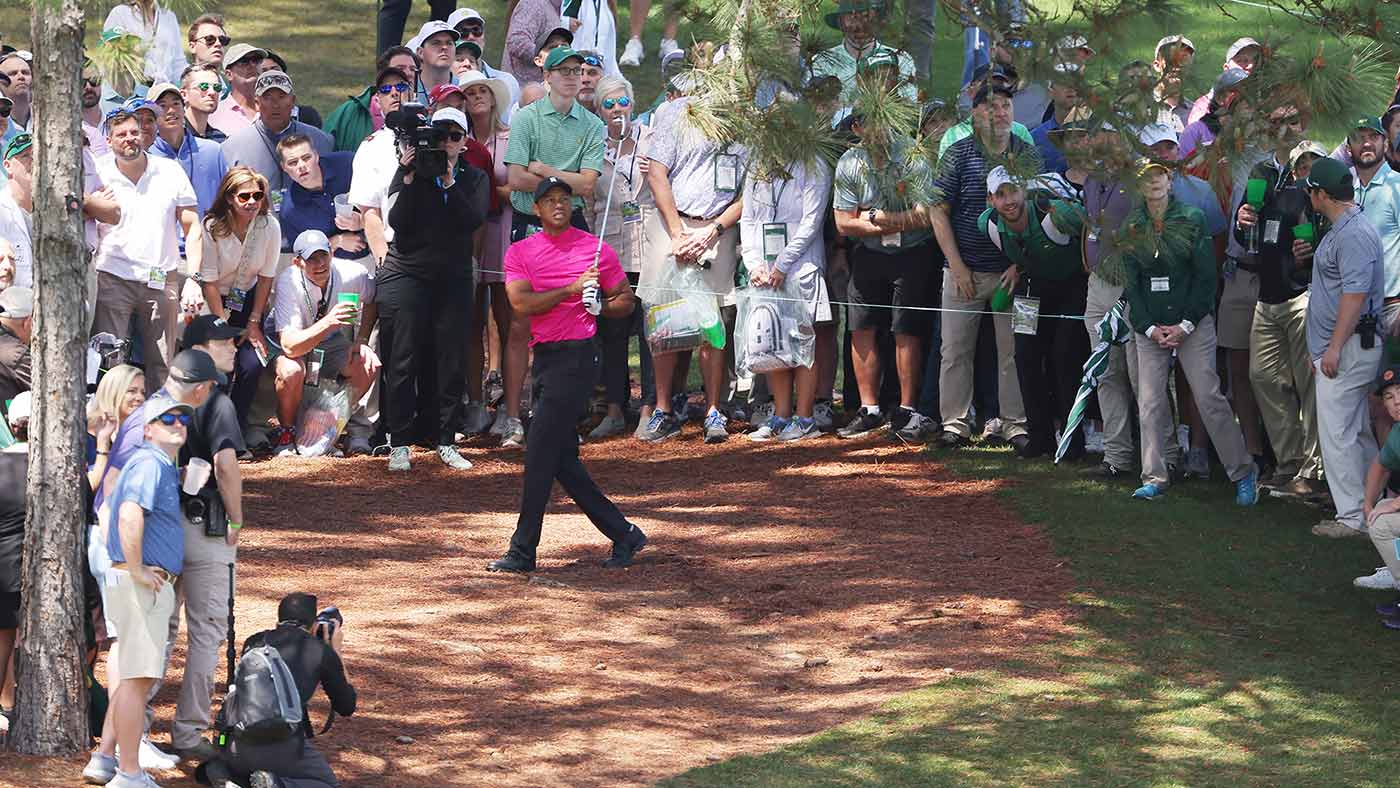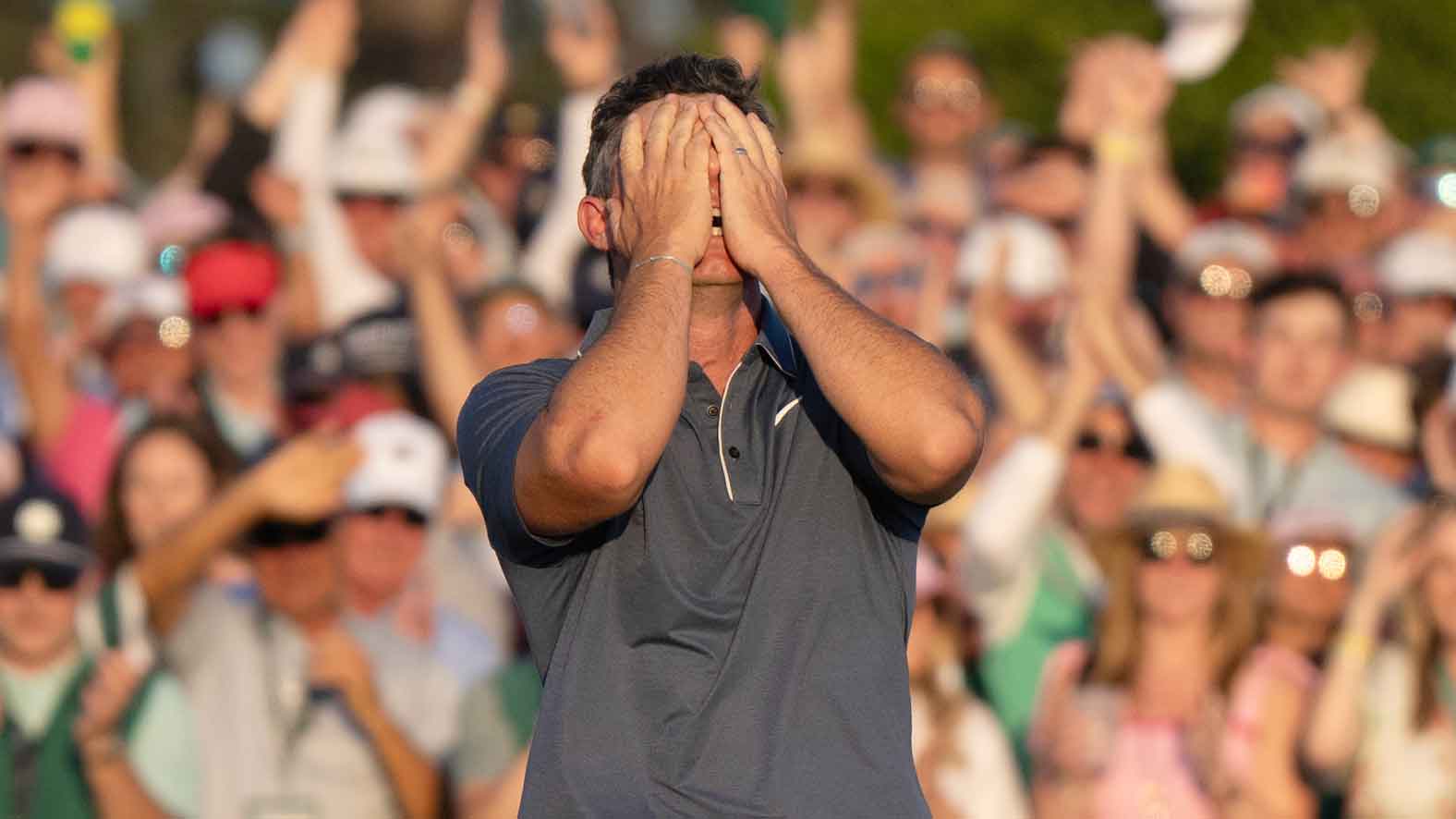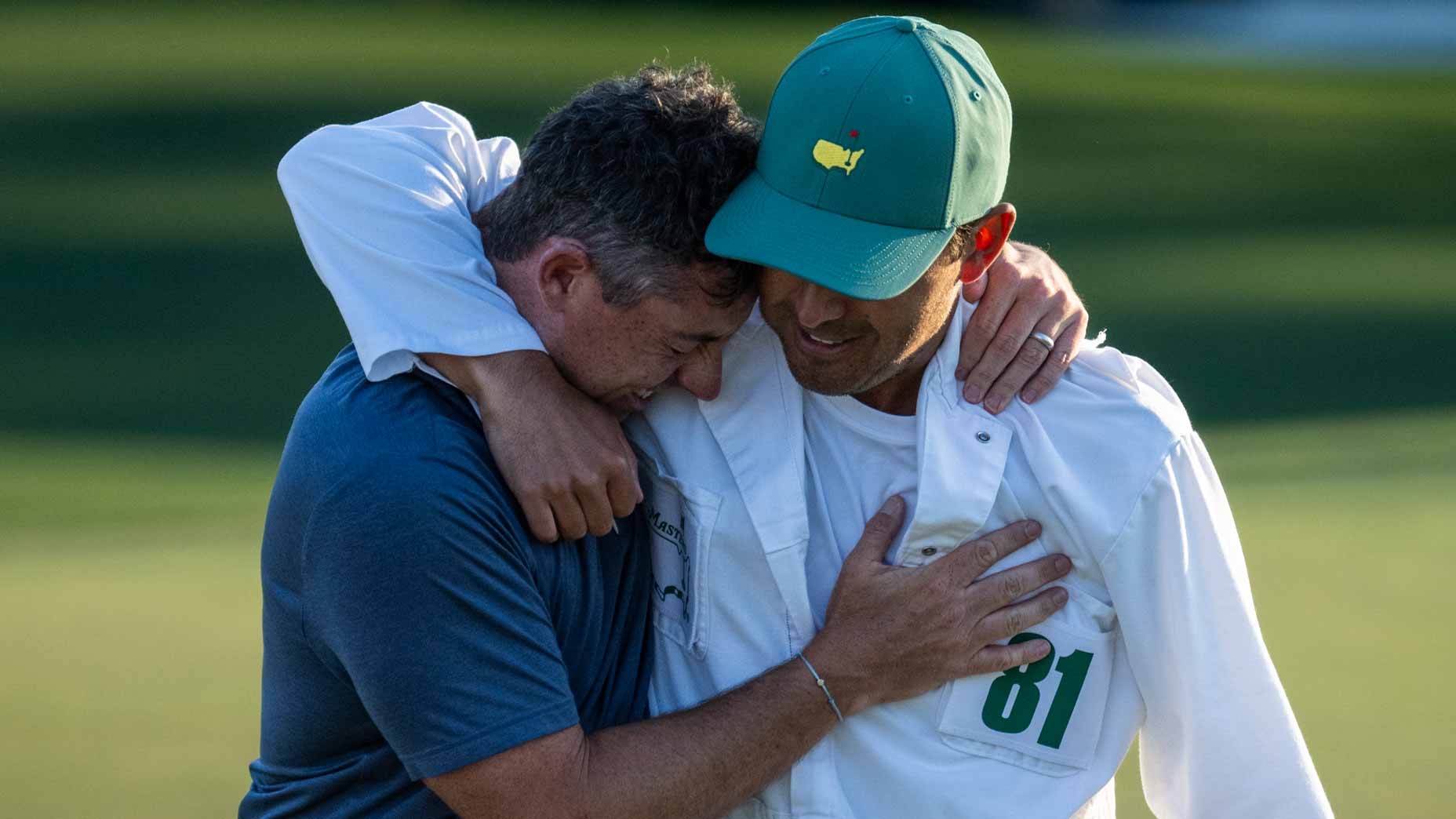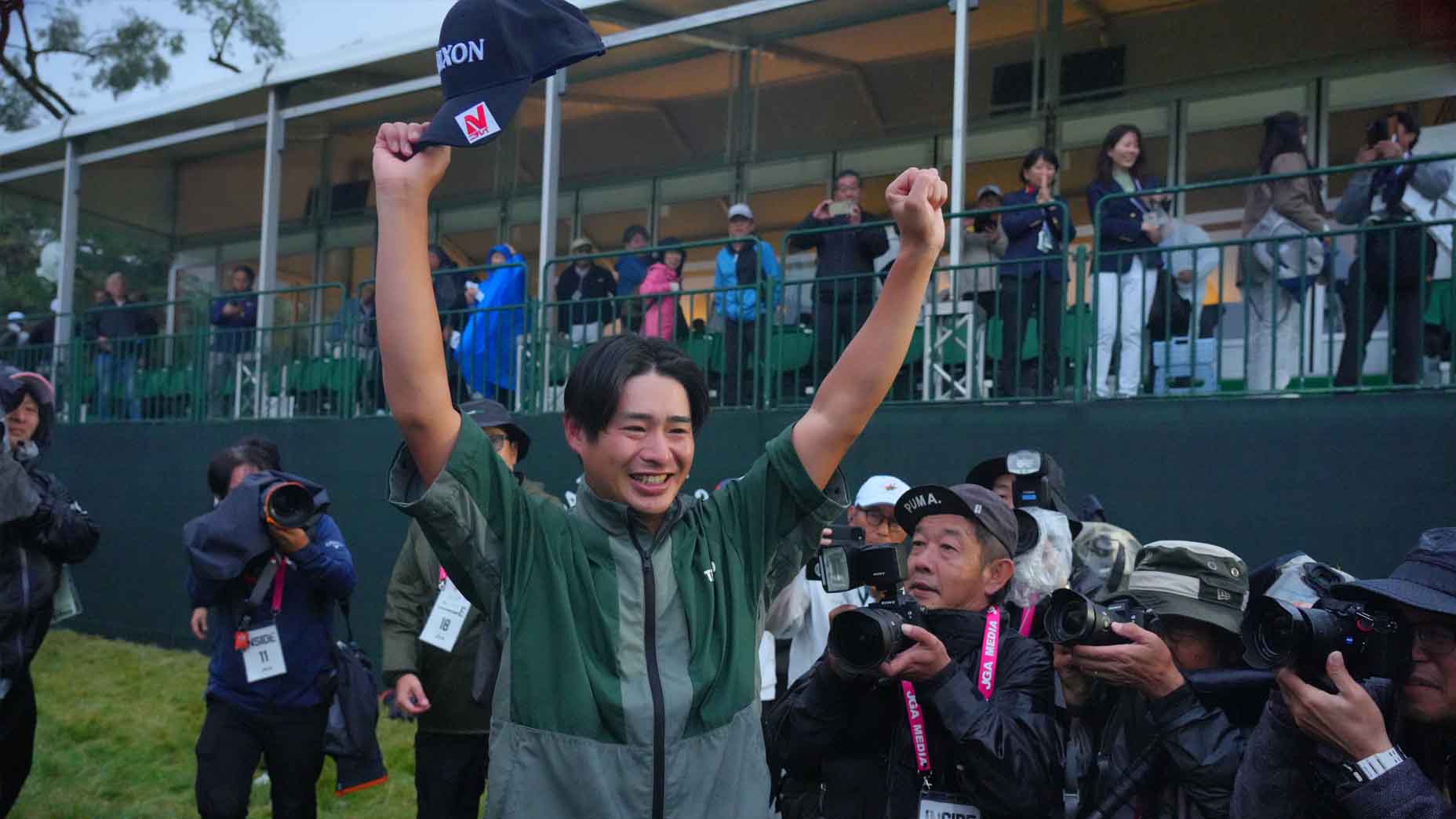AUGUSTA, Ga. — You can’t just think one thing about Tiger. He’s no one thing. He contains multitudes.
There are days when he will frustrate you by way of his self-absorption (various rule debacles), his coldness (ignoring fans), his relentlessness (winning by 15 is not enough). There are days when he will engender feelings of sympathy (his struggles with the chip-yips) and empathy (weeping in his caddie’s arms after winning the 2006 British Open weeks after his father’s death). There are the many, many days when he will fill you with awe, the many unlikely shots at unlikely moments.
And then there was Thursday at Augusta National, the first round of the 2022 Masters, his first round of tournament golf since his fourth round in the pandemic-delayed 2020 Masters. On Feb. 23 in Los Angeles, early on a Tuesday morning, he inexplicably drove off a road with the gas pedal almost completely depressed. A single-vehicle crash that could have ended his life. Fourteen months later, with a reconstructed right foot and a rod in his right leg, he played one of the hilliest and most demanding golf courses in tournament golf. And he did it in one under par.
I’ve been watching Tiger a long time, going back to his amateur days. I was there for his 12-shot win here in the 1997 Masters and all but one of his major wins. I’ve watched him play hundreds of rounds, at least in part. His Thursday 71, as ordinary as it sounds, is like no round he ever played before. He’s 46. He hasn’t played a round of tournament golf since Nov. 15, 2020. He was in an accident on Feb. 23, 2021, that could have killed him. He has a rod in his right leg. He has, as an athlete, nothing left to prove.
He did not quit.
He could have quit. He has said in interviews that he did not think he had another climb to the mountaintop in him. In his various appearances over the past four months, not only did his body seem to be in pain, his face seemed to be in pain.
But he didn’t quit.
He hit a poor tee shot on 1. He didn’t quit and made a par. He hit a horrible tee shot on 18. He didn’t quit and made a par.
Woods did what Woods does. He grinded and grinded and grinded. That’s what we could see. The rest we could guess at.
The first question went to Steve DiMeglio of USA Today. Steve has the gift of brevity, of being direct.
DiMeglio: “Tiger, what are you happiest with and what are you most disappointed with?”
Woods: “I’ll start off with disappointment.”
And he was smiling. He was smiling! He was so happy! He was so happy to be talking about golf-course disappointments because his life between the ropes is his life. Not his entire life, of course. He’s a father and a son and a businessperson and an educator. But golf has shaped his life and defined his life and really is his life.
And we don’t know what happened on that morning 14 months ago in February. We can make educated guesses and any theory you come up with is beyond depressing to consider. So this was triumph, of a wild and windy kind, to make a bogey on 8 when all you had to was get up-and-down from 50 yards for birdie. That’s what he was disappointed by.
These words turned Tiger Woods’ ‘terrible’ warmup into a great roundBy: Luke Kerr-Dineen
Welcome home, Tiger. Welcome back to golf.
Supply-and-demand, supply-and-demand. It’s the way of the world. Even Augusta National is having supply-chain problems, related to the pandemic, labor issues, the war in Ukraine and its fallout. There has been no supply of Tiger Woods for a long time now. For a while you had to wonder if there was ever going to be further supply of Tiger Woods. On Thursday, in a T-shirt the color of a blooming azalea with a mock collar, he supplied us with five hours of gritty golf. He supplied us with the thing that he loves and that we love, too: Tiger Woods, with all that skill, trying his hardest.
Was it the kind of golf that wins the Masters? No. But if this was his bad round — and that seems unlikely but with Woods who knows? — he can certainly contend.
“People have no idea how hard it’s been,” Woods said, describing his efforts to walk without crutches again. “My team does. They’ve worked with me every single day. I’ve said this before, we haven’t taken a day off since I got out of the bed after those three months.”
We don’t. But we saw the photos of the Genesis SUV he crashed. Those were more than scary enough.
There was mud on his shoes, mud on the hems of his pants. There was sun and wind on his face. He was exhausted. No one can know if he can withstand three more days of hiking these hills. His body is almost bizarre-looking as he is so narrow in the waist and so big in the chest and the arms. It would seem he is working the body parts, in terms of muscle mass, that can hold up to his astounding will and work capacity.
When his round was done, Woods was done. On the range was Bryson DeChambeau, big and strong and frustrated and working it out, just as Woods used to do. Those days are over for Woods. But his days — his days, his nights, his today and tomorrow and the tomorrows to follow — are not over. That’s the point. That’s what made that Thursday 71 so remarkable.
Michael Bamberger welcomes your comments at Michael.Bamberger@golf.com.











